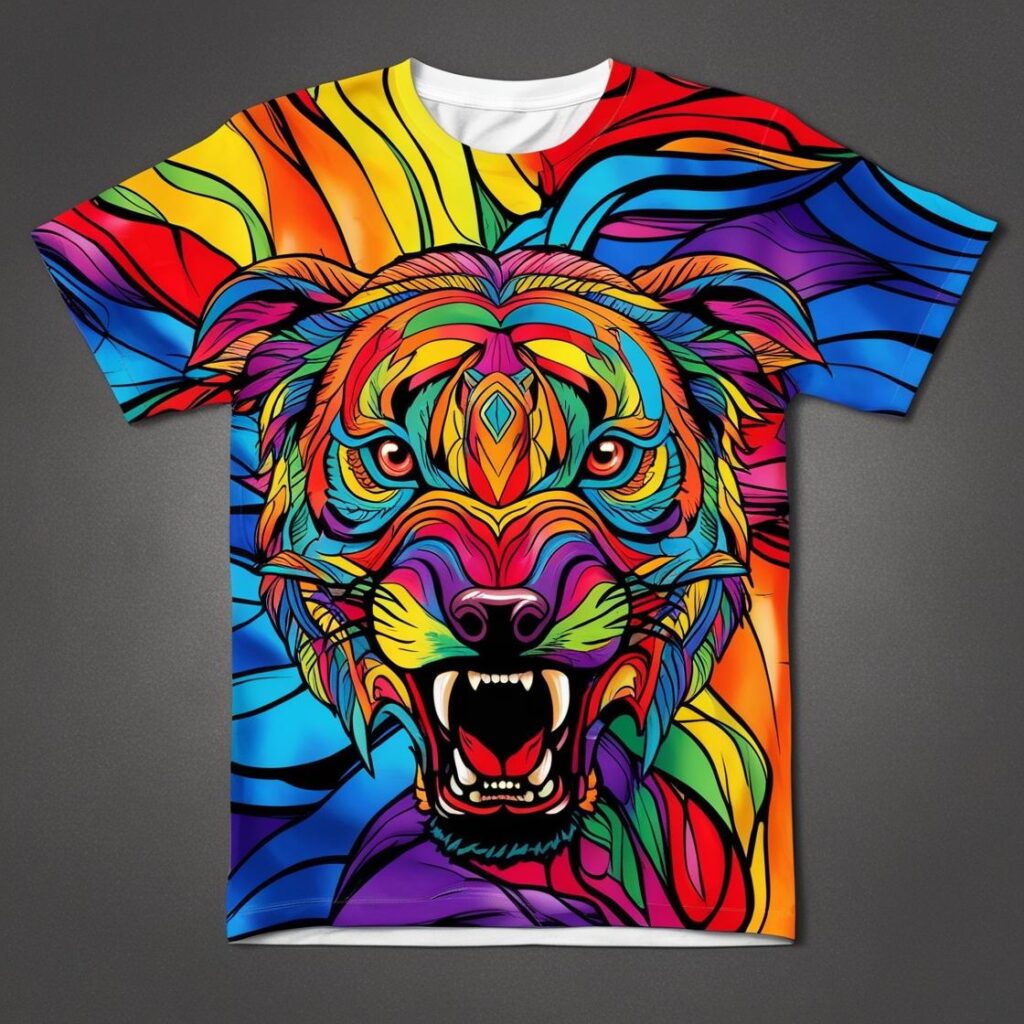Feel free to write
Our staff would be delighted to assist you and offer a solution that meets your need.
Our prints are infused directly into the fabric, delivering a smooth, breathable finish with no added weight or stiffness. Using advanced sublimation printers in Dubai we achieve sharp details, rich colours, and edge-to-edge designs that truly stand out. Every order—big or small—is handled with precision and care, ensuring consistent quality across the board. Unlike traditional printing methods, our sublimation printing dubai guarantees long-lasting results that won’t crack, fade, or peel over time.
Sublimation printing stands out because it chemically bonds the ink directly into the fibers of the fabric, rather than sitting on top like screen printing or heat transfers.
This means your designs become a permanent part of the garment, resulting in prints that will never crack, peel, or fade, even after heavy use and repeated washing.
Also sublimation allows for all-over, edge-to-edge designs, giving you total creative freedom for vibrant graphics, gradient effects, and intricate patterns without seams or awkward borders.
For customers in Dubai looking for lightweight, breathable, and ultra-durable prints—especially for sports jerseys and promotional wear—sublimation offers the perfect balance of comfort and lasting quality.
Sublimation printing is ideal for any polyester or poly-blend fabric, making it incredibly versatile for various apparel and promotional items.
Some popular options include:
With our advanced sublimation technology, PP Apparel Hub can handle both small custom runs and large corporate or retail orders, always delivering consistent, eye-catching results.
Connect with us today for a free design consultation and personalized quote.
No. Sublimation printing works best on polyester and poly-blend fabrics. For cotton or other materials, we recommend alternative methods like DTF or screen printing.


Our staff would be delighted to assist you and offer a solution that meets your need.